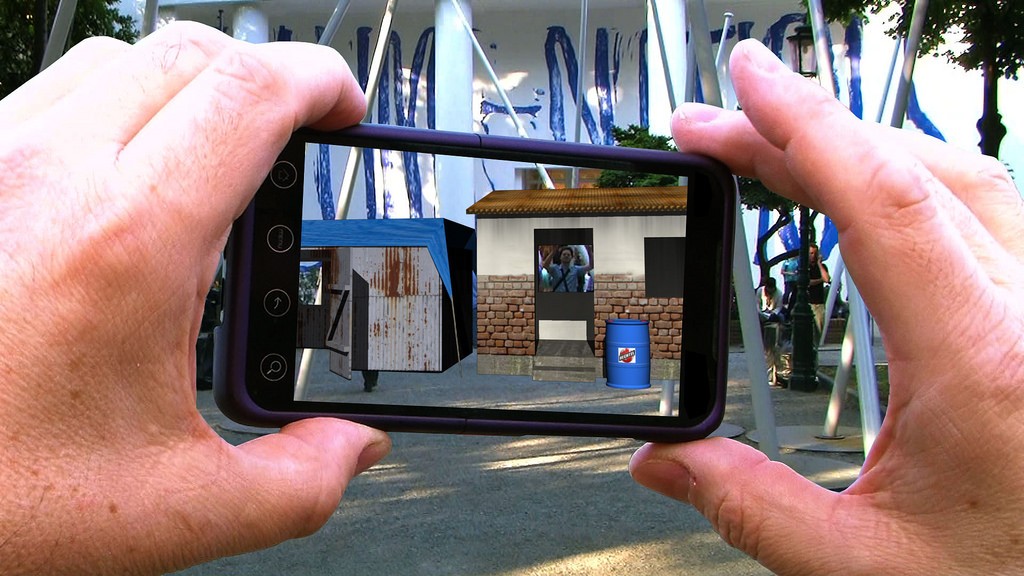Top 5 Australian Tech Trends Set to Impact 2017
Top 5 Australian Tech Trends Set to Impact 2017
From inculcating technology in aquaculture to making creative use of the Internet of Things, you could argue that we are fast becoming a leader and a case study in how tech can change paradigms.
In 2017, the country is looking to pivot even further into more recent technology, in the hope of finding new ways to leverage for businesses capitalism. Here are my technology predictions for 2017 in Australia.
1. Augmented and virtual reality (AR/VR)

Forget about catching Pokémon. These two technologies are becoming a reality for Australian businesses. Remote experiences are becoming an important part of how businesses work-you don’t need to catch a plane from Sydney to Melbourne to attend a conference. User Interfaces and graphic overlays can now be used for the purposes of training, advising and recruiting. Vodafone Australia projects VR’s market value at $162 billion by 2020.
2. AI and Machine Learning will gravitate even further toward the fabric of businesses

Intelligent applications have been knocking on the doors of Australian businesses for a long time now. There is a surge towards a hands-off approach to communication and implementation. Companies are now using machine learning to get rid of errors and paint a picture perfect vision of the future.
3. Security Architecture

At the moment, Australia is in the top 10 list of countries most targeted by cyber attackers, according to an ABC Australia report published in 2016.
“Although Australia only accounted for 2 per cent of global attacks, it featured in the top 10 global hosts for cyber threats”.
As this sinks in, the country is making a push for more protections.
Adaptive security is the way to go.
Computers are always at a risk, and network attacks from coordinated bots have become a staple for the dark hats.
- Rule-based security and perimeter defences are not enough to keep private and organisational data safe.
- API integration and cloud-based services are some of the ways in which adaptive security architecture could work for Australia.
- Self-protection and behavior analytics are another way to go. There will also be a need for businesses to stay wary of threats from the inside.
Data Breaches
John Pititto, Security Consultant at thepcdoctor says , “For most networks, the greatest threat to data breaches, comes from within the organisation. More often than not, it’a the disgruntled employee or disfuncional worker who opens leaks and creates vulnerabilities”.
4. A brewing revolution in vehicle technologies

Google, Tesla and Uber are trying as hard as they can to make sure we don’t sit at the wheels of vehicles in the near future. Even before that comes along, there is already clear evidence of the progress being made, with many modern cars allowing auto reverse parking modes. Mercedes and Ford will have autonomous cars out in 2021, but Tesla looks to bring theirs out via a self-driven trip in 2017. Australians may not snap any of these up soon, but they certainly have their eye out for what happens this year.
5. Medical solutions driven by big data

The Australian healthcare system is regarded as one of the finest in the world, according to The Guardian.
Why?
Because we invest in technology, and we are constantly trying to save lives. 2017 will be yet another huge step, as big data is slowly being adopted and becoming embedded in medical practice. Data sorting and health sensors are making it easy to diagnose and treat ailments.
Australia is a rich haven for technology and what it has to offer. 2017 will be yet another Eureka moment for the country.














